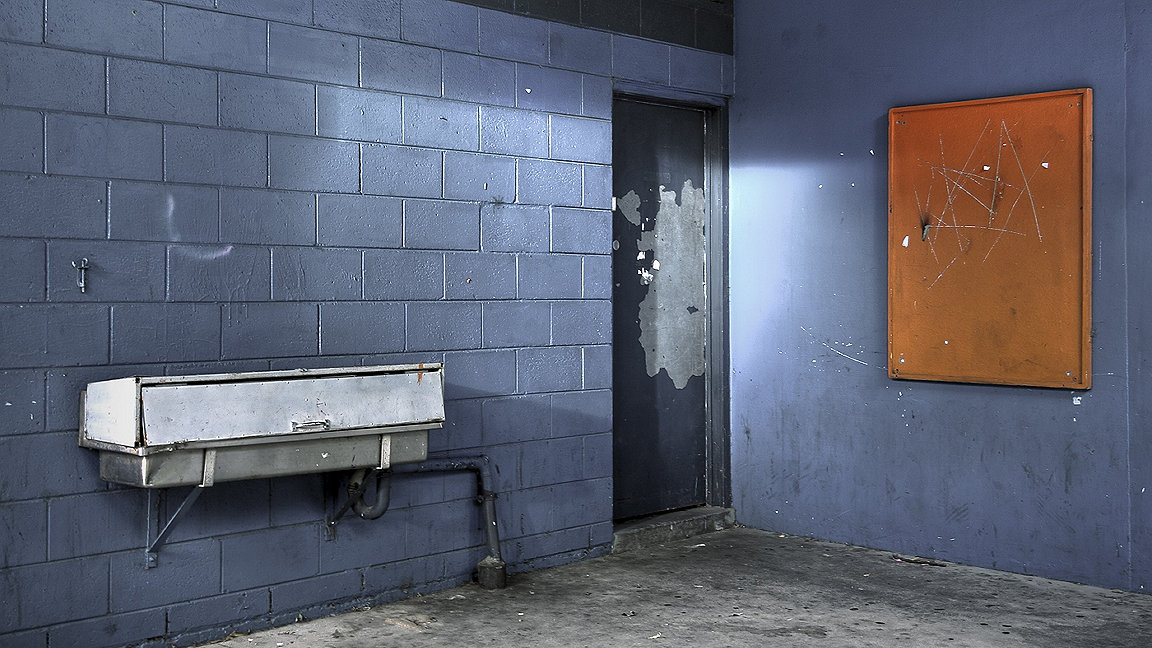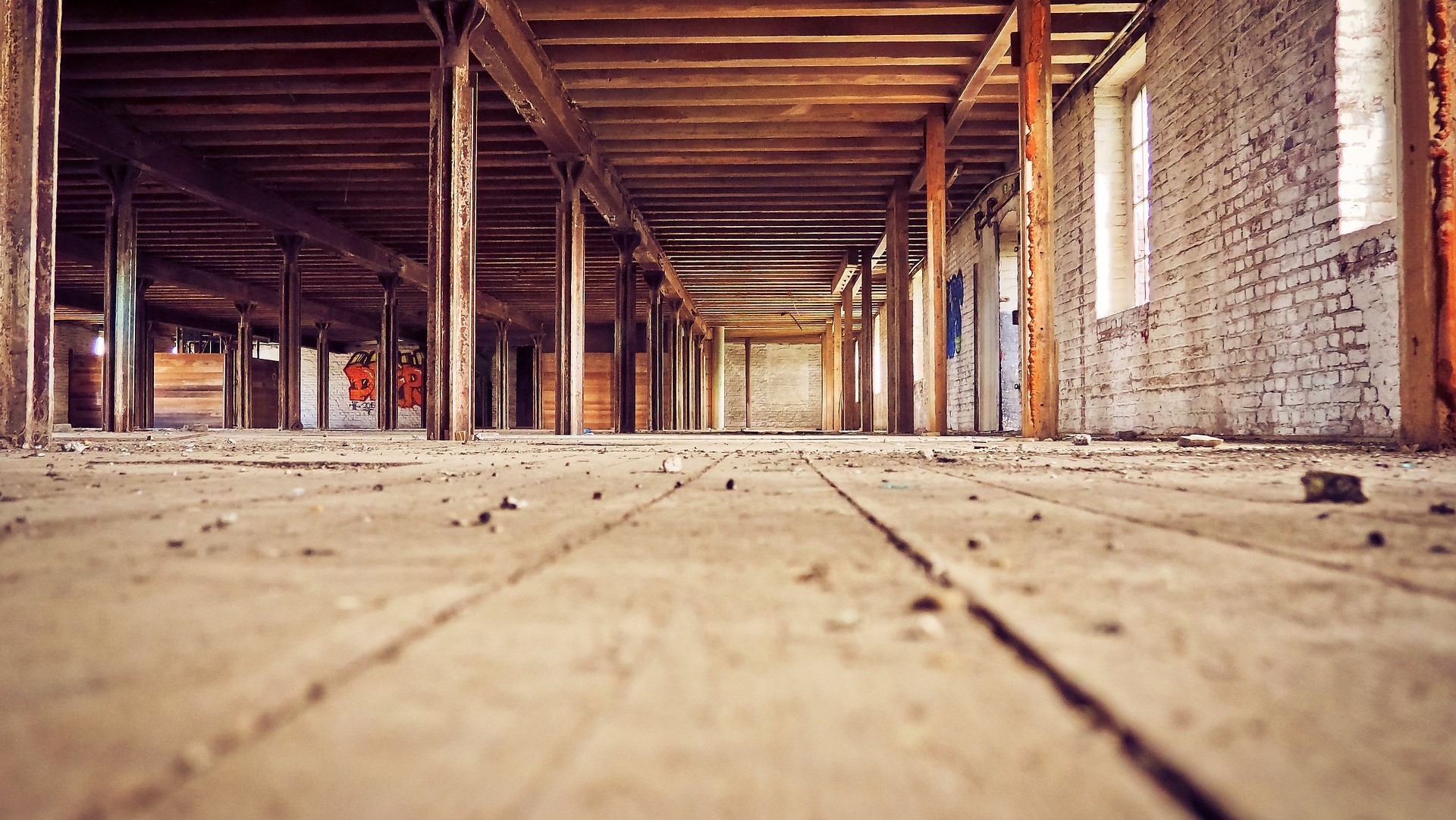
RICS has now published a new edition of Make good; as with the two previous editions, this applies in Australia only.
Make good represents the requirement for tenants to restore premises that they have been leasing to a particular condition at the end of their lease.
It is one of the most misunderstood processes in the Australian property sector – and potentially one of commercial property's costliest surprises for an uninformed or unprepared tenant.
Tenants should take the time to understand their make-good obligations. They should appreciate that the less of an impact they have on the building when they fit out and the less damage that they cause during their lease term, then the cheaper, faster, and smoother it will be for them when their tenancy ends and they need to make good.
By following this practice information, landlords will be well equipped to ensure that all their rights under the lease have been addressed, and that their make-good claim is comprehensive.
New edition covers context and expectations
RICS published the first Make good guide in 2004. This introduced better processes and procedures for many of the make-good agreements between landlords and tenants without involving legal representation on either side, and was widely circulated.
But while it has been adopted by RICS members, there is still a long way to go. There was, and continues to be, a need for guidance and standards and best practice in this field.
Although there have been no major legal reforms, there have been changes in our guidance to members.
The new document therefore sets out best practice in make good, and the information needed by the property market and all participants in the process to carry it out. It explains how to assess a property and read the lease, and how the claim for make good should be laid out.
It also sets out the legal and rights context, and how both parties should understand and negotiate a settlement, as well as including advice on avoiding an unfounded or exaggerated claim.
Furthermore, in the new world of net-zero carbon targets and sustainability reporting, the latest edition suggests processes that can help minimise the huge waste caused by the make-good process. With an average lease term of five years, 20% of office fit-outs are removed and disposed of every year.
The costs involved can be substantial. It is not unusual for an office make good to cost in the order of A$350/m2 and upwards, amounting to A$350,000 for a 1,000m2 lease.
It can be substantially more for complex fit-outs where the base building has been significantly altered or damaged.
Both parties must understand responsibilities
It is often the case – and particularly in industrial property – that tenants do not care for the building.
They make changes, whether approved or not, and cause damage that will need to be repaired during the lease term or made good at the end.
Careful planning at lease commencement and minimising damage throughout the term will greatly reduce the scope and cost of make good.
It is not only tenants who misunderstand or lack knowledge of make good.
Landlords may quote conditions in a fit-out guide or even a lease, when the state law can override this. For instance, in New South Wales, Queensland and the Northern Territory, the law limits the landlord to claiming only their actual loss.
Landlords also sometimes think they can use money from make good to pay for refurbishment, when tenants' obligations may be far less, and they may not be required by the law to carry out the extent of work because the landlord has plans to refurbish or upgrade the premises.
Yet poorly informed tenants can be bamboozled into doing so when, with better knowledge, they may have grounds for a far lower settlement.
Chartered surveyors should understand state of law
Make-good law is also complicated by the fact that it can use precedents from Australia and the UK. The practice information therefore includes a summary of the relevant legislation in each state, and the key civil procedure rules.
Chartered building surveyors in Australia trained in make good understand lease clauses, and know how to procure valuable background information for a claim or counterclaim, as well as how to set up and negotiate make-good claims – all of which can be of considerable benefit to their clients.
John Goddard FRICS is principal at J Goddard & Co and lead author of RICS’ Make good Australia, third edition
Contact John: Email
Related competencies include: Inspection, Legal/regulatory compliance, Sustainability

